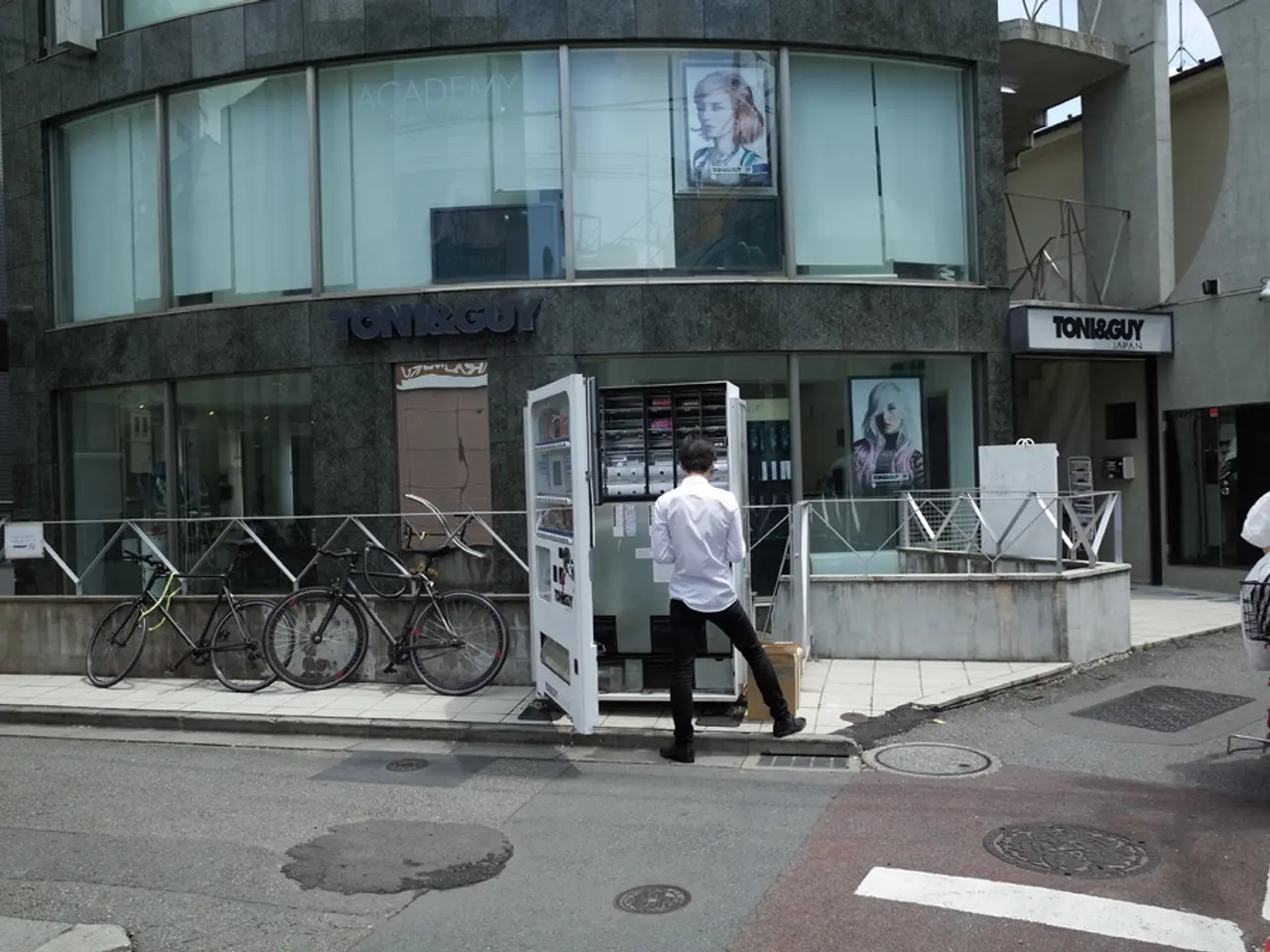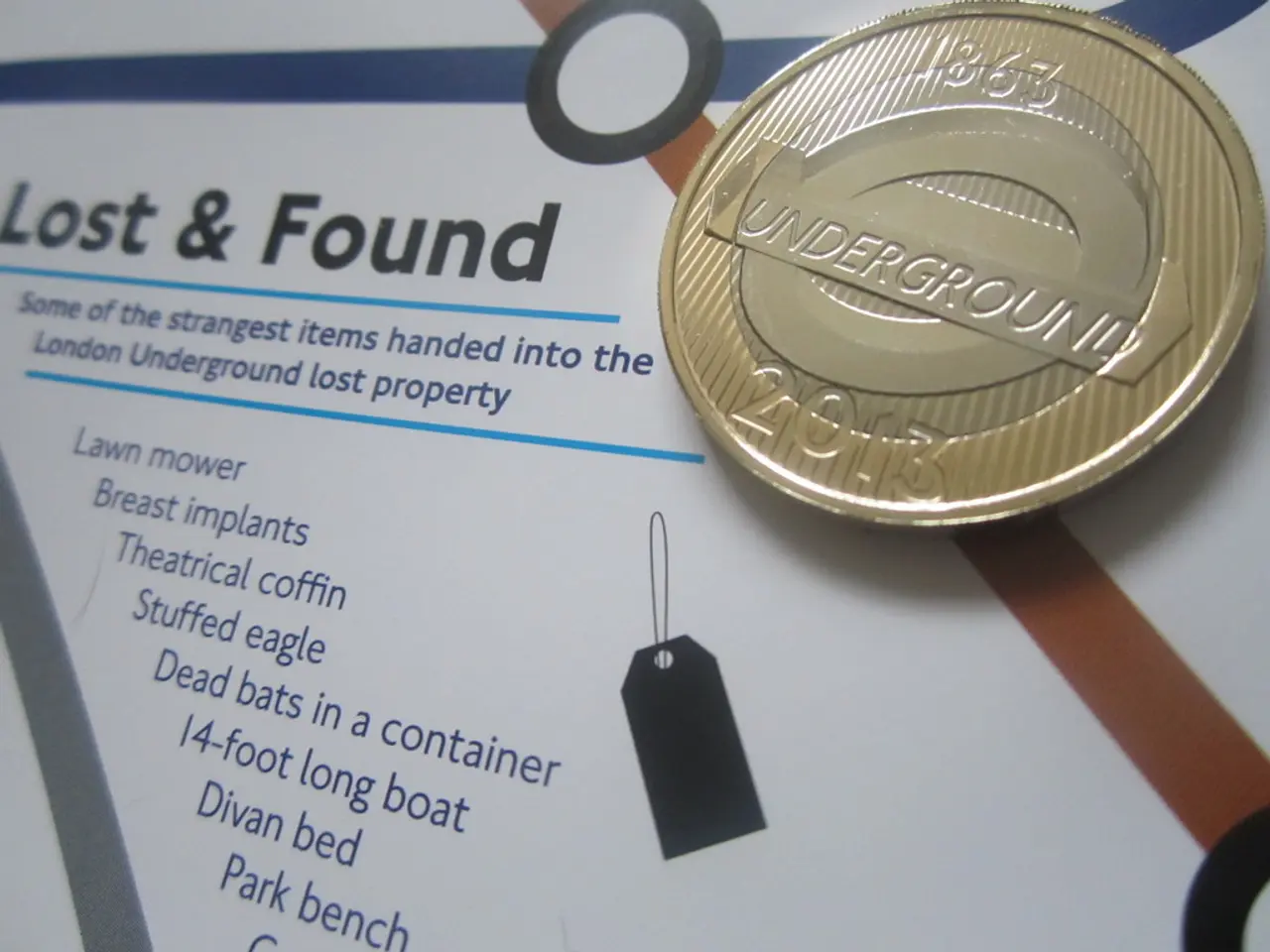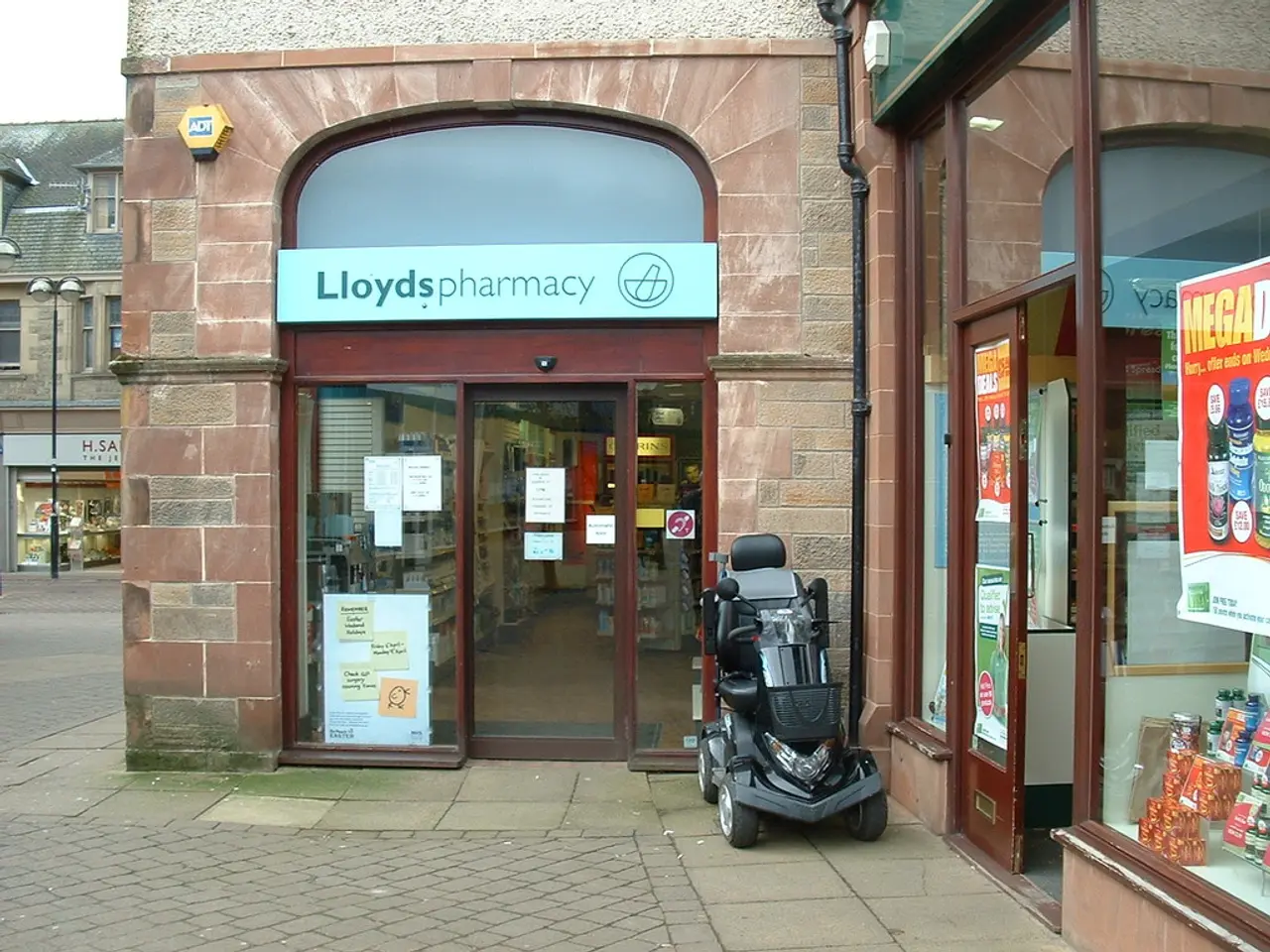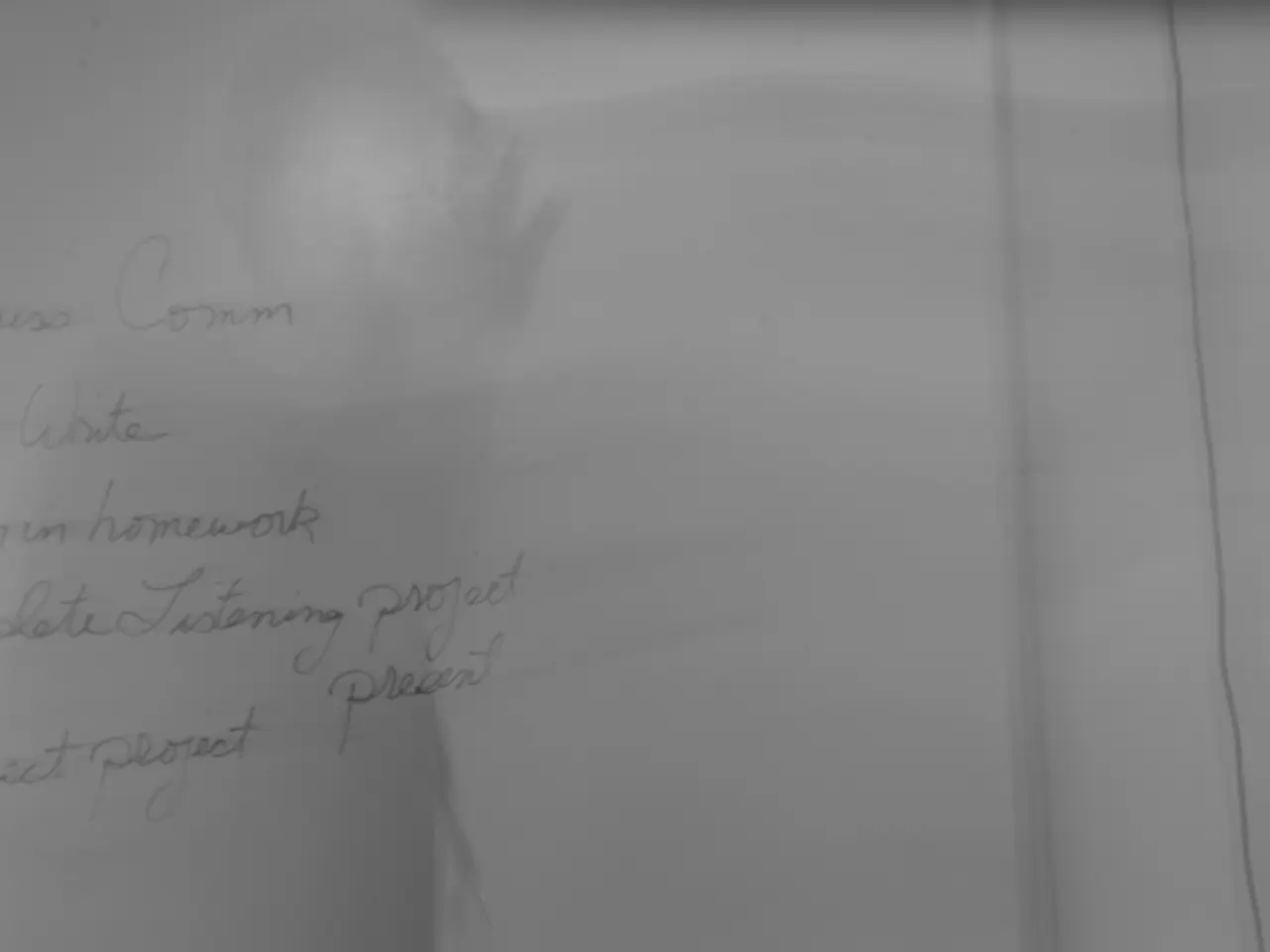Bikes versus Heavy Vehicles: A Conflict on the Roads
The bustling industrial area at Reisholz Hafen in Düsseldorf is home to numerous logistics companies, making it a hub for freight and warehouse operations. However, this area also forms part of important cycling routes for local and recreational cyclists, leading to a significant conflict between commercial-industrial traffic and cycling traffic.
Current Scenario
The shared roads and paths in Reisholz Hafen see frequent movements of trucks and heavy vehicles, posing hazards for cyclists who need safe, continuous paths. Current measures to mitigate these risks include traffic signs, designated cycling paths, speed limits, and awareness campaigns.
Existing Solutions
In an attempt to separate cyclists and commercial traffic, traffic signs and restrictions are in place, though these are often limited by space. Some dedicated bike lanes and path segments exist, but they are often fragmented or require crossing busy industrial roads. Lower speed limits for vehicles in shared zones and occasional awareness campaigns about sharing the road and respecting vulnerable road users are also implemented.
Future Plans and Proposed Measures
To enhance cyclist safety without hindering the commercial-industrial functionality of the area, future plans include infrastructure redesign, traffic flow management, enhanced signage and technology, and urban planning integration.
- Infrastructure Redesign: The expansion and connection of dedicated cycling lanes to create continuous, segregated bike paths that avoid direct interaction with heavy goods vehicles is proposed. Physical barriers or separated corridors to protect cyclists are also considered.
- Traffic Flow Management: Commercial traffic may be redirected via alternative routes that bypass sensitive cycling zones during peak bicycle usage hours. Time-based restrictions for heavy vehicles to minimize overlap with cyclists are also suggested.
- Enhanced Signage and Technology: The installation of smarter traffic signals, cyclist detection systems, and warning signals for both truck drivers and cyclists is planned. Improved wayfinding for cyclists to navigate safely around industrial zones is also part of the strategy.
- Urban Planning Integration: Cooperation between city planners, businesses, and cycling advocacy groups will be essential in developing industrial zones with improved access, safety, and usability for multiple transportation modes. Green corridors and multi-use paths that serve both logistics needs and active transportation will be incorporated.
The conflict in Reisholzer Hafen is acknowledged by Düsseldorf’s urban planners, and while current measures mitigate some risks, more comprehensive infrastructure upgrades and traffic management strategies are planned to address this issue. These future solutions emphasize better physical separation, traffic regulation, and cooperation between stakeholders.
For more detailed documents or the latest municipal plans for this area, contacting Düsseldorf’s city planning department or visiting their official websites might provide the most updated and technical information. The assessment will be submitted to the transport committee for decision-making, and the city will continue to work on a solution based on new traffic data post-pandemic.
The Hafenalarm citizens' initiative continues to protest against the city's approach, with the coalition's decision to prioritize industry and car traffic over the protected bike lane being met with disappointment by many. The mayor's catchphrase of making Düsseldorf the 'leading cycling city in Germany' only applies if the interests of car traffic remain untouched.
Martin Volkenbrath, the SPD transport expert, criticizes local companies for demanding free public parking spaces for commercial interests, which he finds brazen. Significant conflicts in daily operations arise for neighboring companies due to the implementation of the protected bike lane. Volkenbrath suggests an alternative solution: truck drivers can use an autohof with sanitary facilities located on the A46, approximately ten driving minutes away from the industrial area.
Volkenbrath also criticizes truck drivers for relieving themselves 'behind the tree' due to the lack of infrastructure in the industrial area. The area is designated as a core zone for securing large-scale commercial and industrial settlements in the Masterplan Industry. The Düsseldorf Mobility Turnaround coalition has staked out clear positions: city politicians must choose between unrestricted truck traffic and concessions for the continuation of the protected bike lane.
- The future plans for Reisholz Hafen include developing separate, continuous bike paths with physical barriers to shield cyclists from heavy goods vehicles.
- To ease traffic congestion and ensure safety during peak bicycle usage hours, commercial traffic may be directed away from sensitive cycling zones using alternative routes.
- Navigational improvements for cyclists, such as smarter traffic signals and cyclist detection systems, are planned to enable safer travel around industrial zones.
- Urban planners, businesses, and cycling advocacy groups will collaborate to create industrial zones that accommodate multiple transportation modes, including logistics needs and cycling lanes.




